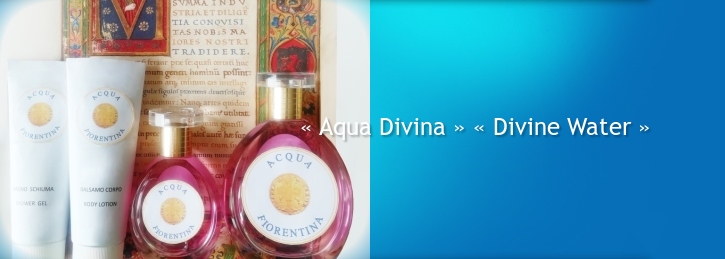
 |
 |
 |
 |
 |






iphone case zumiez
SKU: EN-A10030
iphone case zumiez
"I wanted to partner with someone with a production background," says Morales, whose meeting with Soberanis was short, and effective. "After two minutes, he was completely in."Since then, Morales and Soberanis have helped reunite -- virtually -- 15 families in Mexico, Peru, Guatemala, El Salvador and Brazil, and so far they have been able to do so through grants and financial support from several organizations, including Culture Strike, FUSE and the Tribeca Film Institute. Morales and Soberanis say that not all reunions are organized in the same way. In some cases, volunteers within immigrant communities are helping their fellow nationals. If a volunteer "VR shooter" is able to return to his or her country, they receive basic training and go off with the equipment on loan, returning to the U.S. with a rough recording of the subject's family. The 360-degree footage is then edited and shown to the immigrant in question. On other occasions, it has been Morales himself who has traveled to different communities to do the recording. While most of the recordings have been done with a Samsung Gear 360 camera, Morales prefers to use his iZugar Z4XL to record.
Both Morales and Soberanis know that while a VR family reunion may seem more "real" than iphone case zumiez one on Skype or FaceTime, this will never replace the experience of actually being present, "We are not offering a solution to the problem of separation; we are using this technology as a medium to explore what that separation means and to raise awareness to the issue," says Soberanis, whose first postcard was in fact crafted for his parents (Marleny and Frisly Sr.) who have not been able to return to Guatemala in years..
While a live virtual meeting will indeed go a step further from what the Family Reunions Project has achieved so far, the partners point to a not-too-distant future when haptic technology and volumetric capture will make it possible to move around a room and "feel" the "touch" of another person in their virtual environment. That's less far-fetched than it sounds: consider the "holoportation" demos using Microsoft's HoloLens, for example. However, the partners caution that such technology is still far from being available to the masses -- though products like Facebook Spaces aim to change that, sooner or later.
But even if the best technology existed and could be applied to these types of reunions, Soberanis and Morales know too well the pain of actual separation and the inability to replace iphone case zumiez physical contact with a technological tool, "We use virtual reality, and we are delighted with the results, but we do not want to glorify it," says Morales, "Technology is never going to replace a hug, a real hug."The Family Reunions Project uses 360-degree videos and VR headsets to reunite families separated by borders they cannot cross --except in virtual reality..
Marleny, a Guatemalan immigrant in New York, hasn't returned to her home country in over 15 years. But a few months ago she was able to tour her grandfather's land in Valle del Rinconcito, Guatemala. She could see the palm trees swinging about and her mom inviting her to explore the estate, talking to her in a soft, familiar voice, welcoming her to see parts of the land that Marleny hadn't seen before. "That really made me cry," Marleny says in this YouTube video documenting the experience. Her trip, however, did not take place in Guatemala, but in the patio of a home in Queens, New York, using a Galaxy S6 phone mounted on a Samsung Gear VR headset. It let her see -- in 360 degrees -- a prerecorded video of her homeland, and relatives she hadn't seen in a long time. That experience was also the first of several "virtual postcards" created by the Family Reunions Project, a project launched by two young immigrants who use virtual reality to "transport" immigrants to their home country, a place they cannot return because of economic -- or migratory -- issues.
- best iphone xr cases online - silicone case
- evutec aergo ballistic nylon iphone x tough case & vent mount - blue reviews
- holster/kickstand case for apple iphone xs max - black
- protect grip case for apple iphone xr - black/crystal
- pineapple 3 iphone case
- iphone 7 twinkle stardust case
- olixar xduo iphone x tough case & vent mount combo - metallic grey
- soft blue gradient cubes iphone case
- surface case for apple iphone x and xs - black
- ballet slippers size 13
- ballet shoes applique' embroidery design ballet slippers ballerina design ballet with bows girl design #321
- More...


